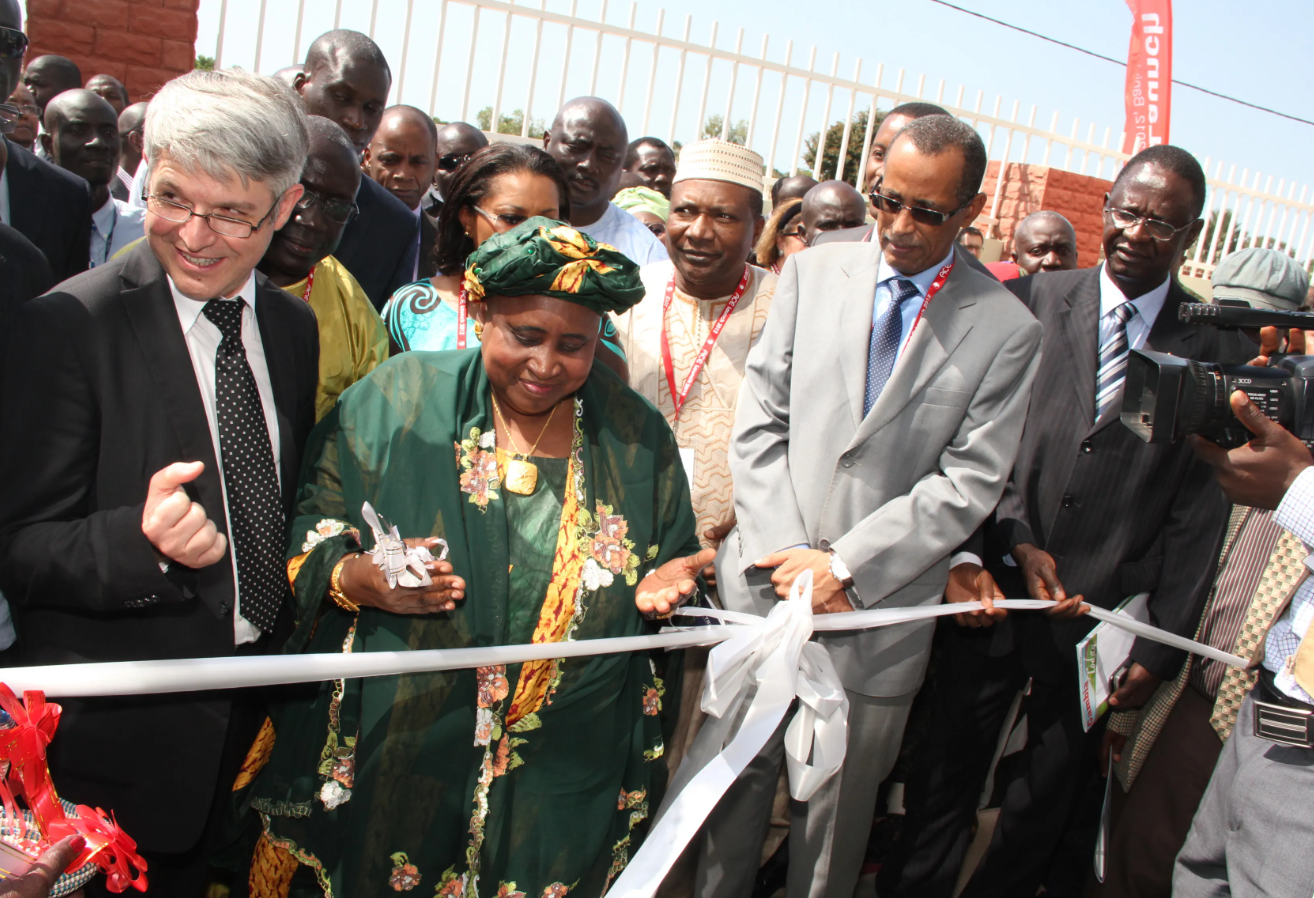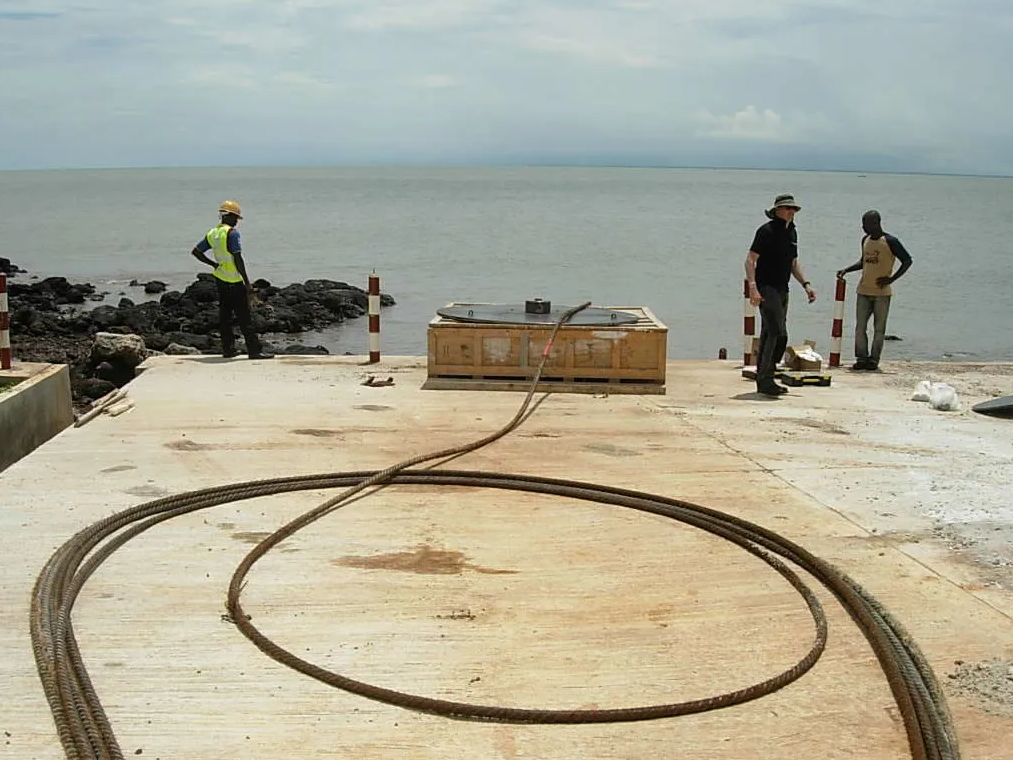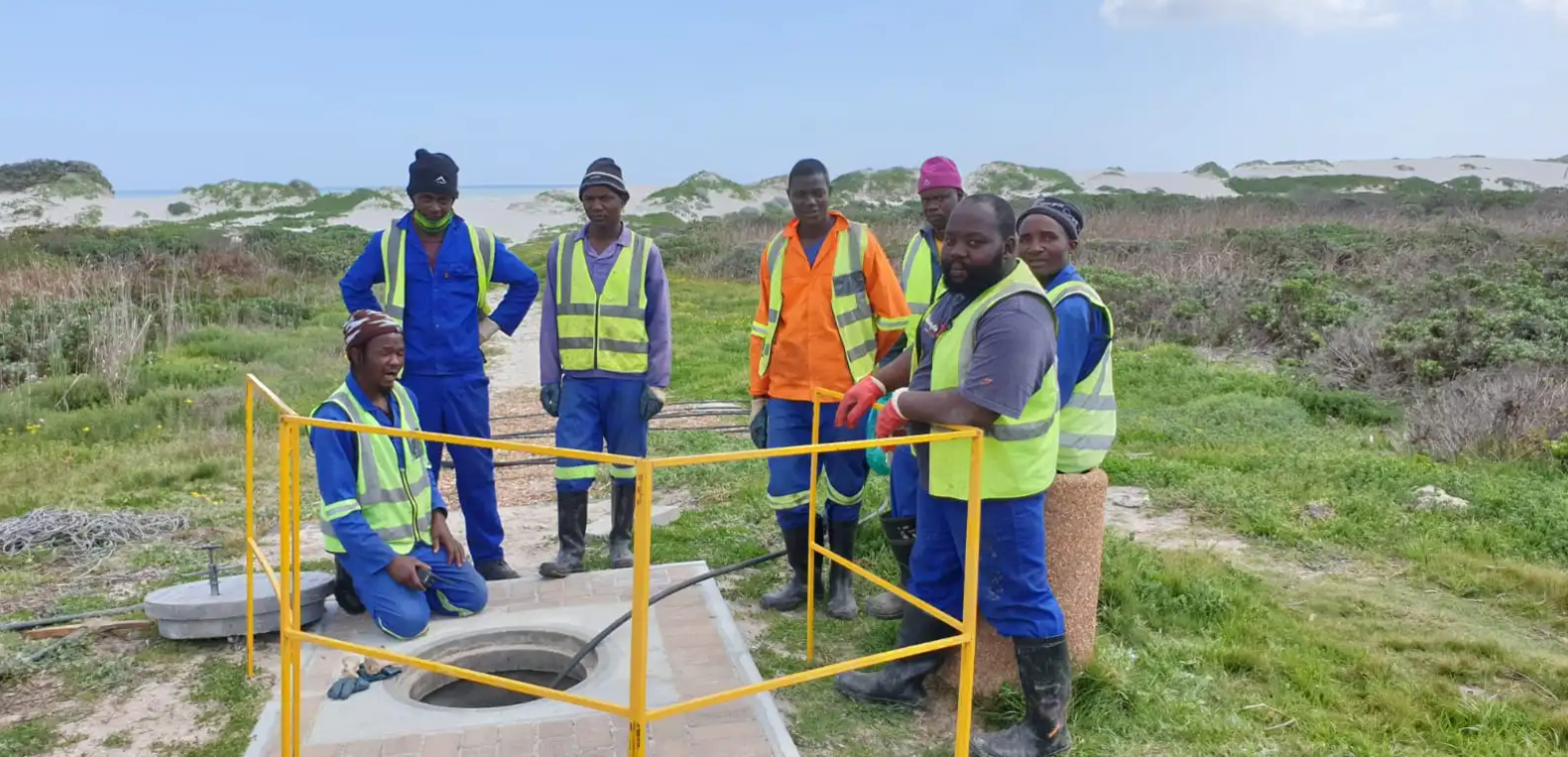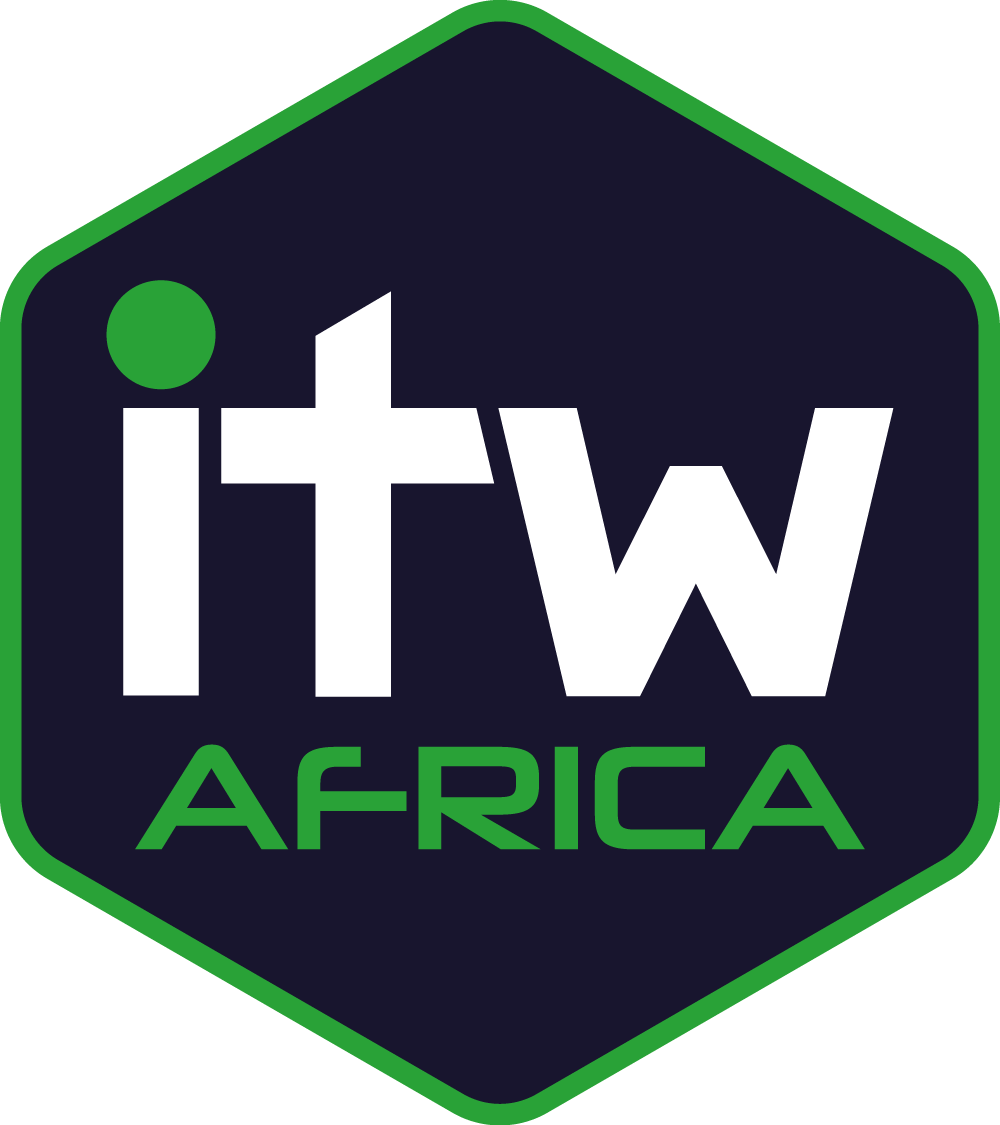)
The Africa Coast to Europe (ACE) cable is a vital piece of connectivity infrastructure for West Africa, connecting over 450 million people in this part of the world to global networks, either directly or through land links.
As such, the people behind it are well placed to share insights on the region's connectivity potential and where things may be headed - we talked to Philippe Recco, Chairman of the ACE Consortium, about the cable itself, the current state of resilience in West African networking, and which West African country he feels goes under the radar in terms of market potential.
Can you introduce the ACE cable system and the markets/customers it currently serves?

The ACE (Africa Coast to Europe) cable is a 17000km submarine fiber system from France to South Africa, that provides high speed international connectivity to 20 countries, of which 17 in Africa.
ACE is a consortium of European and African operators; when the cable came alive in 2012, is was the first ever intercontinental submarine system for 10 countries, 2 of them being landlocked, therefore providing the basis for the development of broadband internet in West Africa though wire/fiber or mobile in such territories, with the following benefits :
- Bridging the digital divide by connecting underserved regions in West Africa to global internet infrastructure.
- Improving redundancy and reliability of existing subsea systems and international internet connectivity in Africa.
- Supporting economic growth, e-learning, e-health, and digital transformation initiatives in the region.
The ACE cable system serves a range of customers and markets across Africa and Europe. Here's a breakdown of who benefits and how:
- National telecom operators in landing countries are the direct customers and owners (as part of the ACE consortium). These operators* use ACE to:
- Offer redundant and resilient routing for domestic and international traffic
- Expand their broadband infrastructure and coverage
- Provide wholesale international bandwidth
- ISPs in connected countries buy capacity from ACE consortium members. They use it to offer:
- High-speed internet access to households and businesses
- Cloud services, VoIP, and video streaming
- Improved latency and reliability for internet users
- Large enterprises such as banks, oil and gas companies, media houses, and multinational corporations depend on ACE for:
- Secure, high-capacity data transmission
- Remote office connectivity
- Access to cloud and data center services
- Public sector uses ACE indirectly through national operators for:
- E-government services
- Digital health and education initiatives
- Smart city and digital transformation projects
- End-users (residential customers, students, small businesses) benefit through:
- Faster, more stable internet connections
- Access to global content, online education, and e-commerce
- Lower costs due to increased bandwidth availability and competition
- International markets: ACE links African countries to European data centers and global internet exchanges.

How do you assess network and connectivity resilience in West Africa right now?
As of mid-2025, West Africa's network and connectivity resilience is a dynamic landscape marked by both significant challenges and promising advancements.
In March 2024, major undersea cables—including ACE, WACS, SAT-3, and MainOne—suffered simultaneous failures, leading to widespread internet outages in countries like Côte d’Ivoire, Ghana, Nigeria, and Liberia. These incidents highlighted the region's dependence on a limited number of international links, with some nations relying on a single cable connection, making them particularly exposed to such disruptions.
At the same time, we are witnessing resilience-Building Initiatives. Several projects aim to enhance connectivity both with new submarine cable systems such as 2Africa Cable or a combination with terrestrial networks such as Djoliba: a pan-West African fiber optic backbone owned by Orange and its affiliates connecting countries like Burkina Faso, Côte d’Ivoire, Ghana, Guinea, Liberia, Mali, Nigeria, and Senegal, providing alternative routes during submarine cable disruptions.
The development of regional data centers is promoting local data hosting solutions, reducing reliance on international connections, and enhancing operational continuity during global outages.
While West Africa continues to face challenges in network and connectivity resilience, concerted efforts in infrastructure development, policy formulation, and capacity building are paving the way for a more robust digital future. The region's commitment to enhancing internet resilience is evident in the numerous initiatives and collaborations underway.
Were there any changes in the industry after the March/April 2024 outages?
Yes, the March–April 2024 submarine cable outages in West Africa prompted significant industry changes aimed at enhancing network resilience, infrastructure diversity, and policy frameworks, such as collaborative repair efforts and strengthening interconnections between submarine and land systems.
There are also initiatives to recognize, at regulatory level, fiber-optic as "critical infrastructure" in Africa. This designation would enhance protections against theft and vandalism, ensuring more robust and secure connectivity
The 2024 outages served as a wake-up call, prompting both immediate remedial actions and long-term strategic planning. The focus has shifted towards building a more resilient, diversified, and secure digital infrastructure in West Africa, with collaborative efforts spanning infrastructure development, policy formulation, and community engagement.

Could you highlight a promising market in West Africa that might go 'under the radar'?
There is so much going on all over the Region, certainly the whole of West Africa is a promising market.
If you insist on picking up just one, one promising and often overlooked market in West Africa is Senegal. While Nigeria and Ghana tend to dominate regional tech and telecom narratives, Senegal is emerging as a strong digital contender due to several key factors:
- Infrastructure :
- Submarine Cable Landings: Senegal is connected to multiple international cables (e.g., ACE, SAT-3, MainOne, 2Africa very soon, etc), reducing dependence on a single route and improving network resilience.
- IXP and Data Centers: The Senegalese Internet Exchange Point (SENIX) improves local traffic routing and reduces latency.
- Digital Senegal 2025 Plan: A national strategy promoting digital infrastructure, e-government, and entrepreneurship.
- Vibrant ecosystem
- Dakar has a growing tech hub, often referred to as "Silicon Dakar."
- Supported by organizations like Delegation for Rapid Entrepreneurship and CTIC Dakar, a leading startup incubator.
- Attracting international investment from France, Germany, and the World Bank.
- Mobile & Internet growth
- Mobile penetration is above 100%, and internet usage is growing rapidly.
- Sonatel is a key telecom player and a testing ground for new digital services (e.g., mobile money, e-health).
- Regulatory support
- Senegal has relatively stable governance and pro-innovation policies.
- It ranks among the top in ECOWAS for digital governance and ICT development, according to the ITU.
What do you think needs to happen before there is widespread hyperscaler DC and cloud region presence in West Africa?
Widespread hyperscaler data center and cloud region presence in West Africa depends on a convergence of critical infrastructure, regulatory, and market readiness factors. Here's what needs to happen before hyperscalers expand significantly into the region:
-
Robust and Redundant Connectivity Infrastructure
· Submarine Cables: Multiple diverse routes (e.g., 2Africa, Equiano, ACE) must be fully operational and interconnected to minimize downtime risks.
· Terrestrial Fiber Backbones: National and cross-border fiber infrastructure must be expanded and made more resilient (e.g., through projects like Djoliba and WAF-IX).
· Peering and IXPs: Strong local Internet Exchange Points and interconnection policies are essential to reduce latency and costs of local traffic.
- Reliable Power Supply and Energy Efficiency
· Hyperscale DCs require uninterrupted, cost-effective electricity, often >50MW per site.
· There must be significant investment in:
o Grid stability
o Renewables (solar/wind)
o Private PPAs (Power Purchase Agreements) for DC operators
- Legal, Regulatory, and Data Sovereignty Readiness: Hyperscalers are wary of opaque or unpredictable regulatory environments.
- Market Size and Demand Consolidation: Hyperscalers prefer economies of scale
- Skilled Talent and Operational Ecosystem
· Availability of cloud engineers, cybersecurity professionals, and DevOps is crucial for operations and service delivery.
· More investment in training (e.g., AWS re/Start, Microsoft Learn), university partnerships, and tech communities is needed.
- Political and Economic Stability: Hyperscalers invest for decades—stability is essential.
(*) see https://ace-submarinecable.com/ for full list

